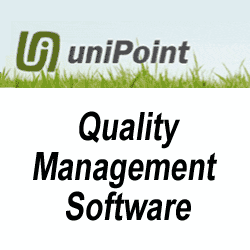Trepanning is the process of drilling a hole in the skull. It was practiced as far back as 10,000 years ago. Archaeological artifacts lend credence to the lore that the process was used by some cultures to expel evil spirits. Apart from that occult-ish application, the process has been used for centuries to ease headache pain and other ailments. Scientists suspect that in some cases it may have actually been beneficial in relieving pressure on the brain.
That’s the definition of trepanning with which I’m familiar. As a matter of fact, until a year ago, it was the only definition I knew.
…

Comments
Paradigm Paralysis
It's fascinating that the very necessary skill of creating a paradigm to understand our world can work against us when trying to improve our understanding.
It's the quintessential catch 22 that without paradigms we couldn't learn, and yet if we don't challenge our paradigms we can't learn.
And to make it worse, paradigms make us feel comfortable, and challenging our paradigms force us into the unknown, which is uncomfortable.
I guess learning takes a little courage by its very nature.
David Smithstein, Founder and CEO
Add new comment